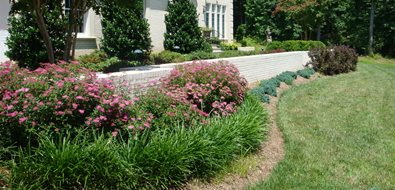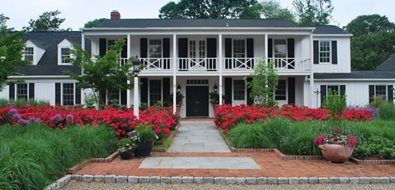Colonial Landscape Design
Design ideas for landscaping Colonial-style homes
-
 Revolutionary Gardens in Manassas Park, VA
Revolutionary Gardens in Manassas Park, VA
-
 Walnut Hill Landscape Company in Annapolis, MD
Walnut Hill Landscape Company in Annapolis, MD
-
 Liquidscapes in Pittstown, NJ
Liquidscapes in Pittstown, NJ
-
 Westover Landscape Design in Tarrytown, NY
Westover Landscape Design in Tarrytown, NY
-
 Liquidscapes in Pittstown, NJ
Liquidscapes in Pittstown, NJ
-
 Bonick Landscaping in Dallas, TX
Bonick Landscaping in Dallas, TX
-
 The Penland Studio in Knoxville, TN
The Penland Studio in Knoxville, TN
-
 Barkley Landscapes & Design Group in Minneapolis, MN
Barkley Landscapes & Design Group in Minneapolis, MN
-
 Fieldstone Design in Leominster, MA
Fieldstone Design in Leominster, MA
- 1
- 2
- 3
- 4
- 5
- 6
- 7
- 8
- 9
Colonial Landscape Design
Use this design sheet to help you create the perfect Colonial landscape. You'll get ideas for color, décor, materials, plants and fabric. It is a great starting point for any New England landscaping project.
Colonial Landscape Design (PDF)
View all Landscape Design Style Guides






